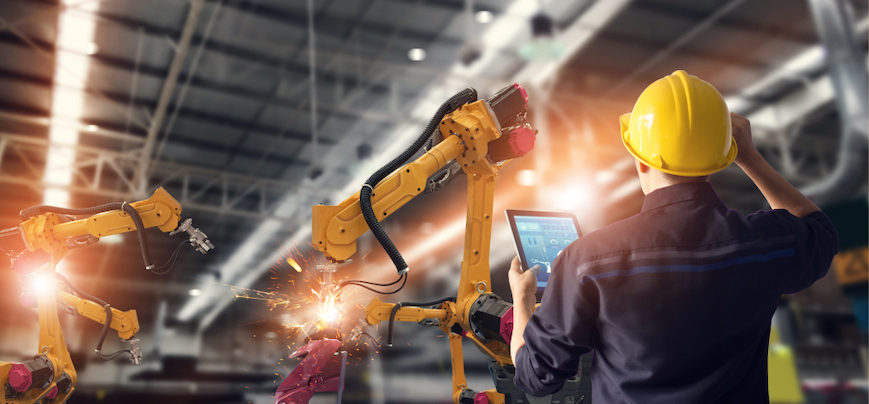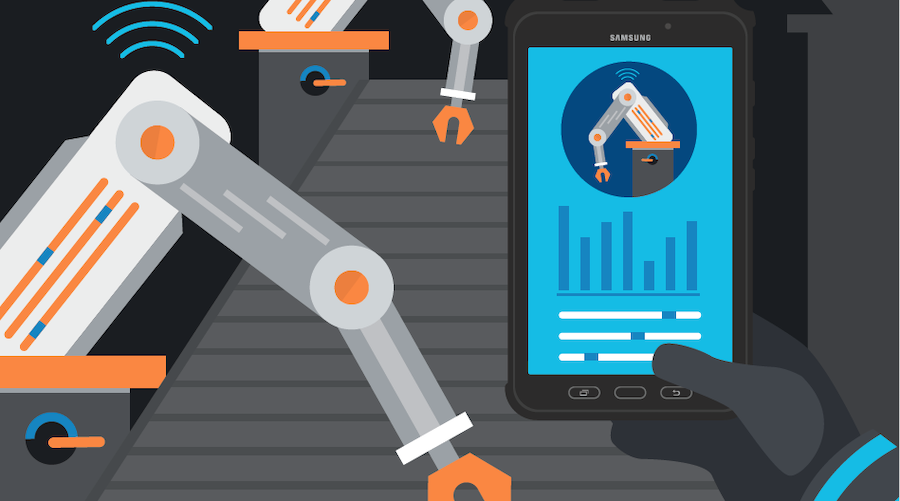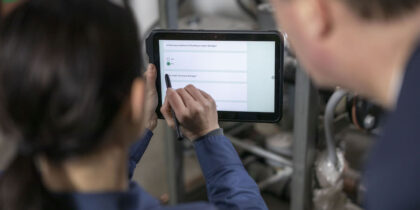Industry 4.0 is reinventing how manufacturers do business, and this transformation isn’t happening by accident. It is the confluence of trends in both technology and labor, where growing amounts of data — especially from traditionally unconventional sources — are being corralled to solve two challenges in one shot: shortage of trained labor and the growing specificity of customer demands.
Data has the potential to revolutionize CRM, reboot the supply chain and increase employee productivity, dramatically improving efficiencies in every sector in the manufacturing pipeline. The trends seeded by big data in 2018 are going to gather increasing momentum in 2019. The results will manifest themselves in these five revolutionary digital manufacturing trends.
Customer-Centric Manufacturing
While the supply and demand theory holds as true in manufacturing as in other sectors, original equipment manufacturers (OEMs) have historically been slow to adapt to changing customer demand. According to a Forrester Report, manufacturing companies are stuck in the age of the product and let cost concerns dictate production more than customer experience. Most manufacturers, the report suggests, deliver products that are “engineering-led” and follow a “ship and forget” approach when it comes to customer interactions.
That is beginning to change. Traditional manufacturing workflows treated customers as appendages at the end of a production process that was focused on design, production, testing, distribution and sales. The smart factory is reworking that linear layout to include customers early in the design process to make manufacturing more customer-centric. With customers at the center, their specific demands indirectly control which batch process gets scheduled in the pipeline and when. This pattern is expected to garner speed in 2019. Increasing specificity of customer demand also means a fragmentation of the production process, where smaller runs delivering more specialty products will become increasingly commonplace.
The Rise of the Digital Supply Network
Traditional supply chains are linear: design, plan, source, make and deliver. Each arm of this chain is restricted in who it talks to, and therefore data intelligence from only one link or two informs next steps in the manufacturing pipeline.
Modernize Your Factory With Mobile
Get your free guide to the mobile technologies that will accelerate your smart factory journey. Download Now
The digital supply network (DSN), on the other hand, is one where data forms the digital core of the network and informs every link of the supply chain in real time. The DSN delivers more agile smart factories with data from all the nodes driving production and replenishment. Since data from all nodes is completely transparent, each link can make intelligent decisions about next steps with new data that may not have been readily available before. Expect such digital interdependencies to continue to enmesh in 2019.
Increasing Use of Hybrid Computing
The rise of big data necessitates more computing muscle. While mainframe computing via in-house servers may have sufficed in the past, the sheer volume of data from embedded devices on the plant floor alone calls for solutions that need to be delivered cost-effectively and at scale.
Cloud computing, where all computing is routed to the centralized cloud, is one solution, but that creates another kind of headache: latency. Since some computations must be done onsite and in microseconds, moving all work to the cloud isn’t always wise.
Hybrid computing gives OEMs the best of all worlds: It embraces edge computing so that necessary functions (such as alerts as a result of predictive analytics) can be processed at the source, while the rest can be routed to the cloud. When computing for a team of robots takes place in the cloud, there is also the potential for shared information for one to “learn” from the other’s mistakes, yielding more efficiencies in the long term.
Move to Machine Learning
Machine learning, a subset of artificial intelligence where performance data is proactively used to create more intelligent models, will play a big role in manufacturing from predictive maintenance in asset management to inventory management. For example, data and information about failure models is fed into neural networks that “learn” from past behavior history to course-correct in the present and become more intelligent over time. Such machine learning automation can be critical in the smooth functioning of smart factories where labor is especially tight.
Collaborative Robots
Expect to see an increased use of collaborative robots (cobots) in manufacturing. According to the International Federation of Robotics, the market for collaborative robots is expected to hit a whopping $12.3 billion by 2025. Unlike regular robots which are large, often dangerous to use and programmed for only one task by engineers, intelligent robots work alongside humans and can be programmed by most factory workers to take on the most routine, tedious tasks and deliver with accuracy. This is especially good news as labor shortage looms. According to one Deloitte estimate, the U.S. manufacturing industry could be short of two million skilled workers over the next decade.
The growth of lean manufacturing and the smart factory as ushered in by big data will continue to spur new innovations in how humans and machines interact, delivering greater efficiencies in manufacturing for 2019 — and beyond.
Learn more about using mobile technology to modernize your factory with our free white paper.








